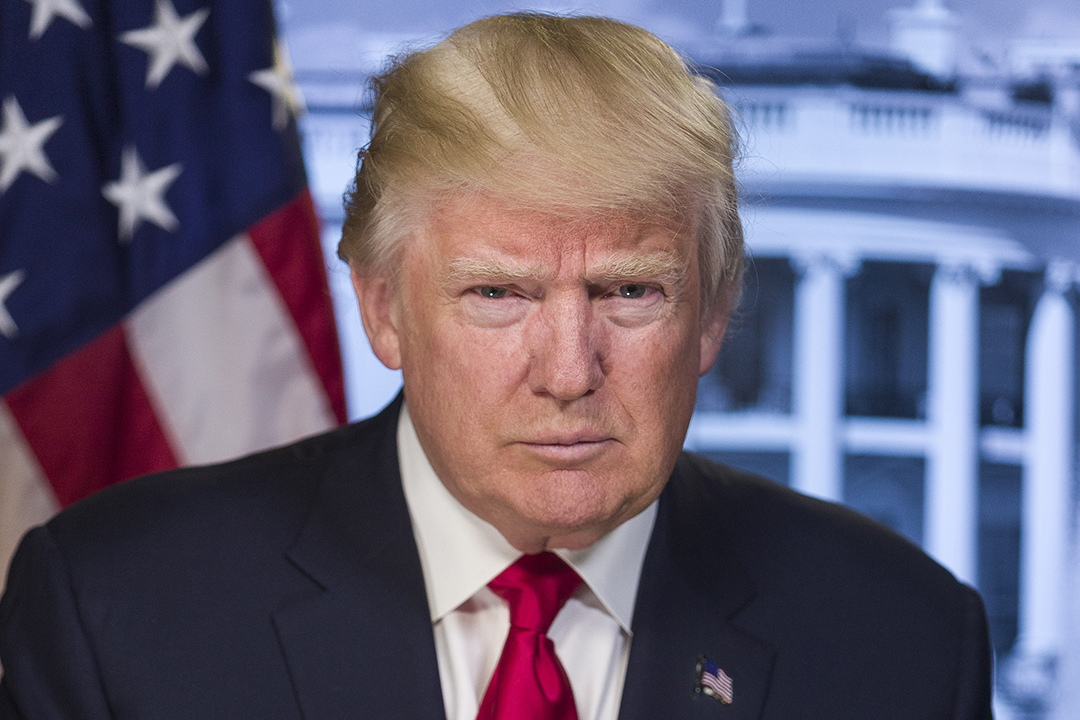President Donald Trump gave his first address to a joint session of Congress on Tuesday evening, outlining some of his administration’s intentions and promising to reach across party lines. Graduate School of Political Management Professor Michael Cornfield spoke with George Washington Today just after the speech and explained that the president showed more restraint than in the past, but offered few details and left unanswered questions about how he plans to achieve policy objectives.
Q: What tone did President Donald Trump strike in this speech?
A: Mr. Trump was, above all I think, wary. He has good reason to be wary: He has the lowest job approval rating of any president at this early stagein the history of polling on this subject, which goes back to Dwight Eisenhower in 1953. He gripped the lectern tightly. His body faced forward, but his head tilted to the left where Republicans sat, and he cast periodic sidelong glances at the Democrats to his right. He smiled rarely—and wanly at that. Attacks and jibes of the sort he is famous for were scarce to nonexistent.
Q: How was this address different from the rhetoric we've heard from him in the past? What moments stood out?
A: Mr. Trump's world view and policy priorities remain the same: border protection against the world's mostly hostile countries will make America safer from criminals, bring back millions of jobs and restore a position of pre-eminence in international affairs. Earlier in the day, it was reported that he might be open to compromise on deportations and the status of the undocumented. But it's a sign of this bewildering phase that he did not affirm or deny that in his speech.
The emotional scene staged with the Navy SEAL widow was excruciating to watch. One cannot but feel pity for her and respect her grief. But Mr. Trump's account of what happened in Yemen was distorted and self-serving, so much so that the fallen soldier's father refused earlier to shake his hand. And Mr. Trump let the applause for the widow go on until he could claim it set a record, behavior more appropriate to a telethon than an address to Congress.
Q: Did we get a clear sense of his policy objectives? He spoke about a school choice bill, repealing the Affordable Care Act and a $1 trillion infrastructure plan—do we have any details on what these policies might look like?
A: No. Mr. Trump has yet to nominate, let alone win Senate approval for, an upwards of 90 percent of the positions in his administration. Those are the people who develop and advance policy details.
Q: There were several calls for unity—are we likely to see Mr. Trump working with both sides?
A: That depends in large part on those policy details yet to come in solid form.
Q: How effective was the Democrats’ response?
A: The Democrats chose a capable man to respond, but Steve Brashear is a retired official, which is not the best strategic face for a decimated political party to put forward.


